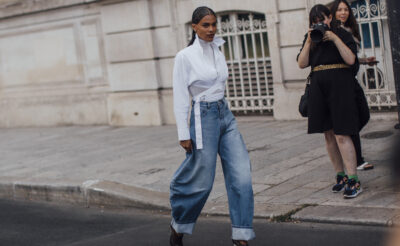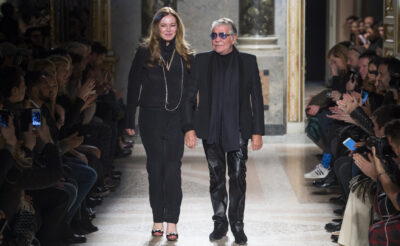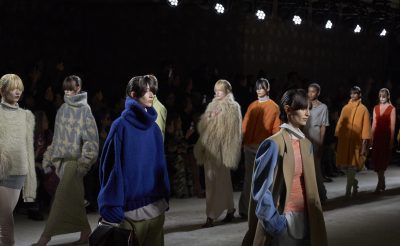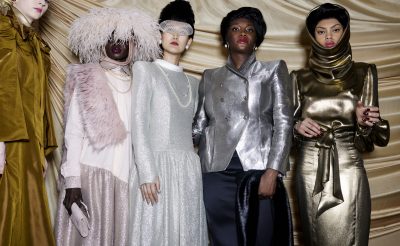Meet the regional fashion designers dedicated to saving the planet, one sustainable swimsuit at a time
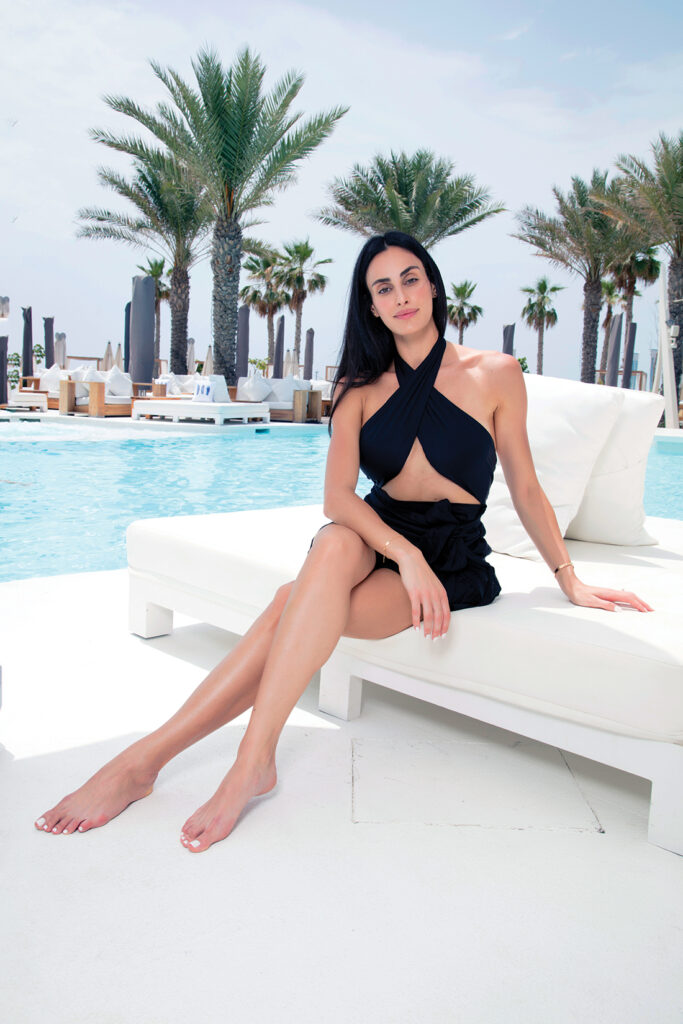
Designer Léa Daaboul wearing her label’s Monroe swimsuit, LÉA THE LABEL
The sad reality of the state of our oceans makes heartwrenching headlines every day. But while the responsible citizen has become more mindful of the effect plastic waste has upon the environment, seemingly clued-up consumers may not have considered their choice of swimsuit.
The specific problem with swimwear being that the innocent-looking bikini or knockout one-piece you bought for that longed-for return to the UAE’s beaches this winter is probably made of plastic.
Standard swimwear is commonly made from synthetic virgin materials such as elastane, polyester, Lycra and Spandex, perfectly suited to the product because they wick moisture and stretch across the body, thus reducing friction in the water.
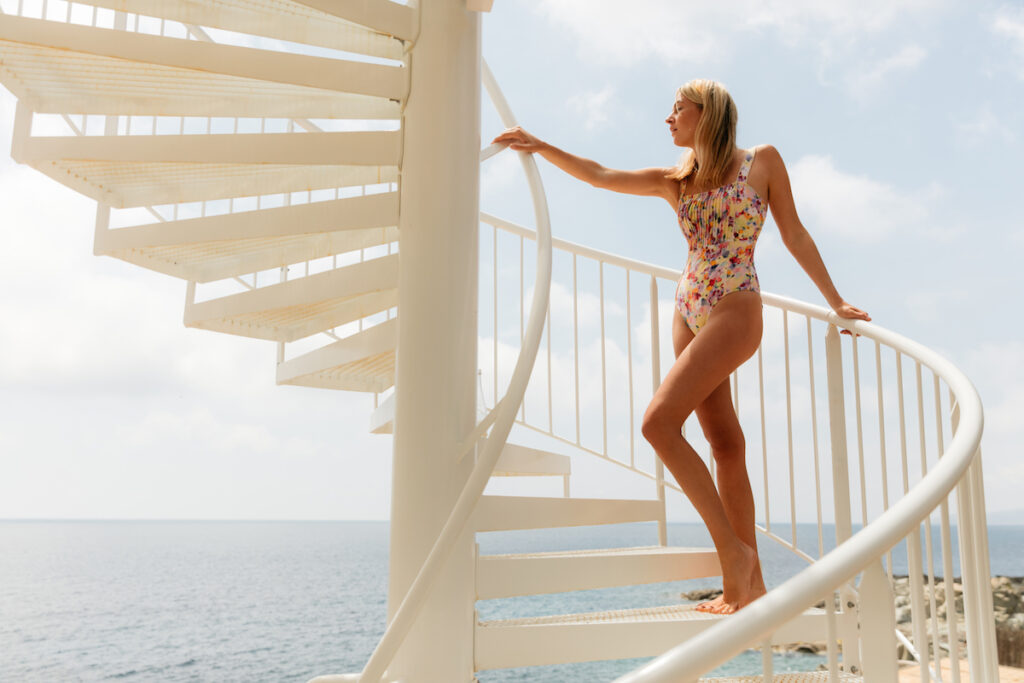
Sustainable label Peony available on Net Sustain, NET-A-PORTER
Versatile and inexpensive to make, these plastic-based fabrics are heavily relied upon by the fashion industry, not just for swimwear, but also activewear, outerwear, and cheap, ‘fast fashion’ garments. But this is where the appeal ends and the trouble begins.
Causing serious damage to the environment, once in the water, most synthetic swimwear sheds tiny plastic fibres, known as microplastics, choking up the ocean and destroying the aquatic life that lives there.
Shedding fibres not only when you swim in it, but again when it’s thrown into the washing machine, these cheap- to-buy and even cheaper-to-produce swimmers come at the expense of the earth.
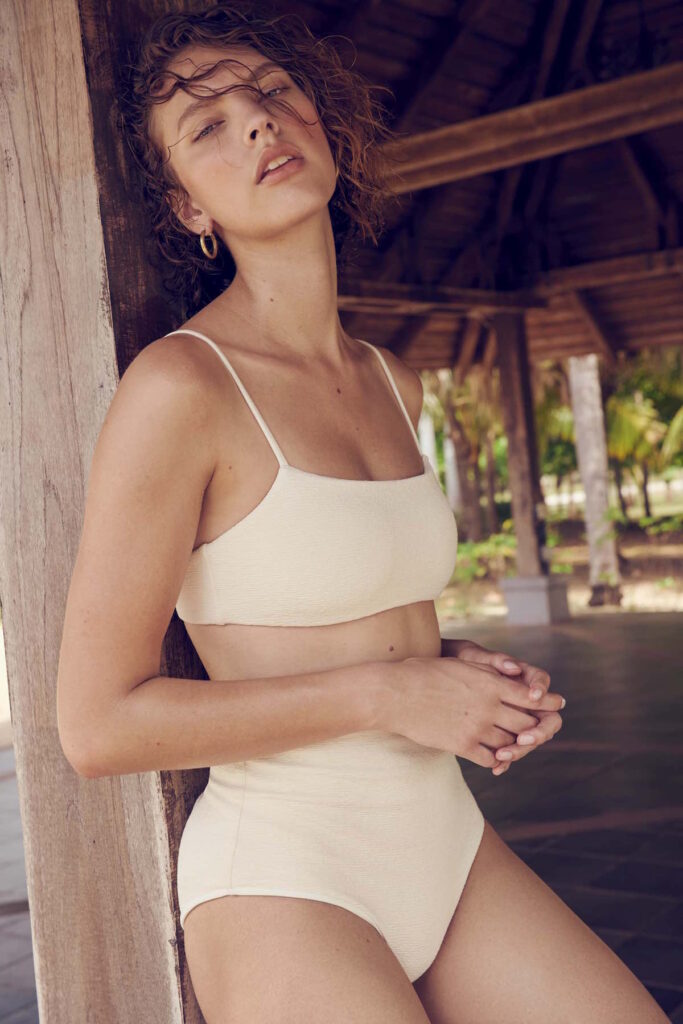
MARA HOFFMAN at MATCHES FASHION
With no biogradeable material comprising all the requirements neccessary for a swimsuit currently available on the market, eco-friendly brands are relying upon the next best sustainable alternative: recycled plastics.
First adopted by luxury swimwear brands like Mara Hoffman, a pioneer in the use of Econyl (nylon created from recycled plastic) and Repreve (polyester fibre from discarded water bottles), a growing list of new brands are creating swimwear using these fabrics to make high-performance products boasting minimal environmental impact with maximum allure.
Amongst these independent labels is Dubai-based Ohoy Swim, a sustainable swimwear brand founded in 2016 by Danish friends Henna Marie Kaarlelah and Anna Maria Nielsen.
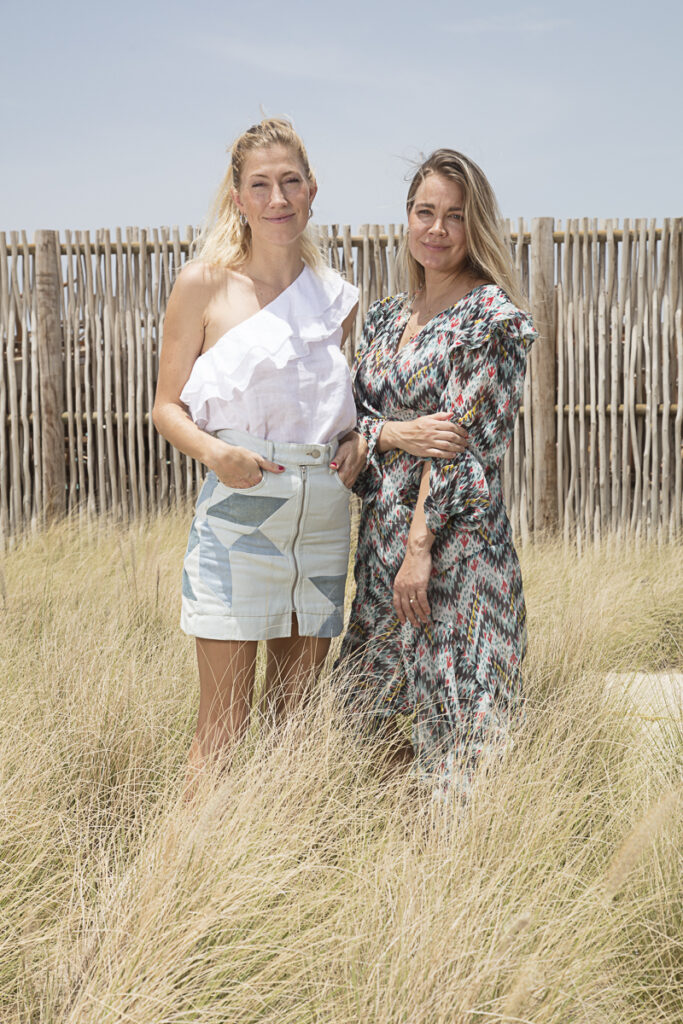
Ohoy Swim’s founders Anna Nielsen and Henna Marie Kaarlelah
“We are both keen surfers and spend a lot of time in the sea. We’ve seen how the water is changing, and how much waste and pollution is ending up there,” explains Henna.
“Sitting on a surfboard on holiday in Indonesia and feeling plastic bags floating around our legs was a defining moment. It made us decide to start a company to produce sustainable swimwear as well as support non-governmental organisations that are committed to cleaning up the oceans.”
With a mainstay collection of signature pieces, as well as new style and colour drops launched approximately four times a year, the slow fashion label is all about upholding green practices and creating responsibly-sourced products.
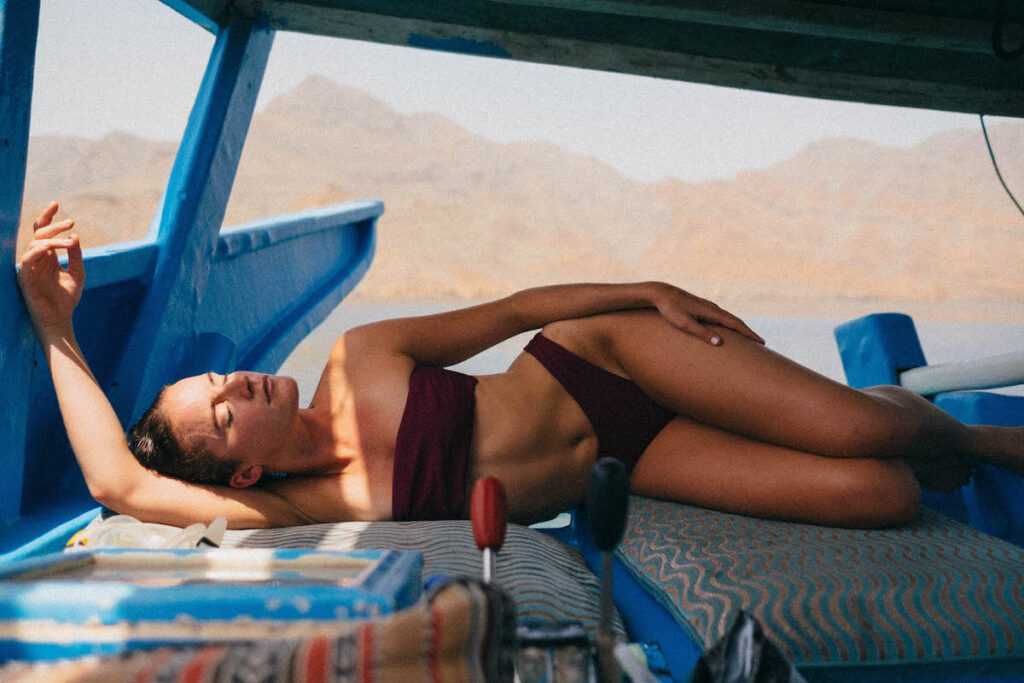
The Beirut bikini from Dubai sustainable swimwear label, OHOY SWIM
The sustainably-minded design duo use Econyl for their pieces, made from abandoned fishing nets, carpets and rigid textiles – one that aims to be a green alternative to nylon, which is made from an oil derivative.
“After a lot of research, we discovered Econyl, a fabric which we source from Italy and use in all of our suits,” explains Anna. “Our product is quite simple. We use two layers instead of using a lining; to us it made no sense to use a recycled part of a product and then use regular nylon for the rest.”
With a focus on Scandinavian simplicity, their look-good-do-good pieces are cut with a minimalistic silhouette that prioritises functionality – their best- selling piece being the Marrakesh bikini, a high-waisted pant with a bikini top that covers the midri.
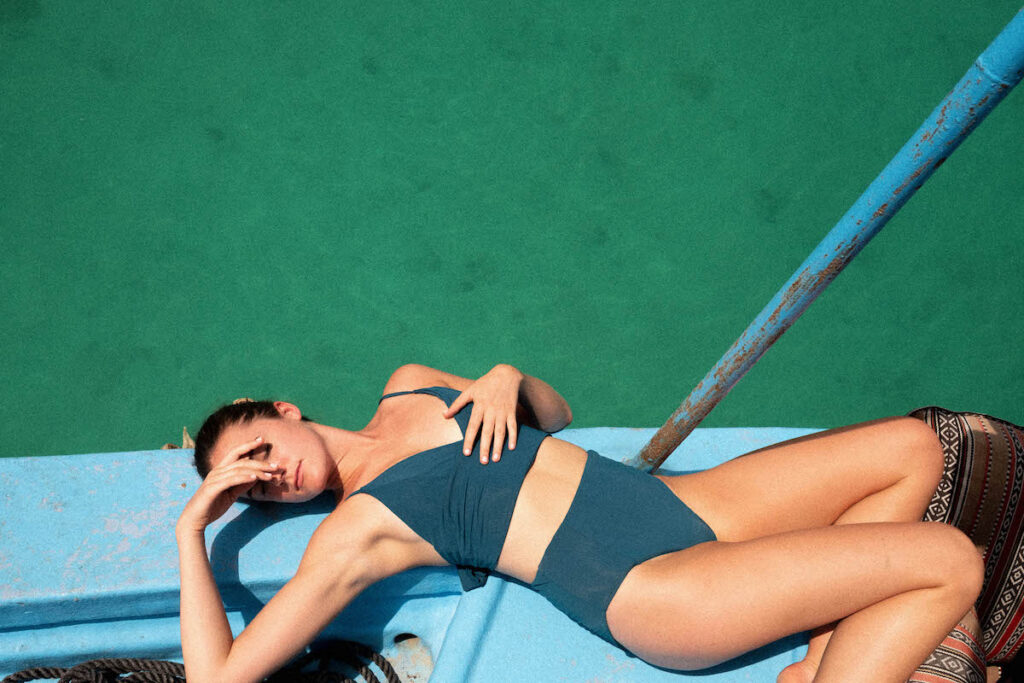
The best- selling Marrakesh bikini, OHOY SWIM
Launched last year by Lebanese American designer Léa Daaboul, swimwear brand Léa The Label also champions the ‘need to go green’ movement with its use of the same environmentally friendly material.
“We currently manufacture responsibly in Bali, a place where yoga, beach culture and sustainable visions are widely common,” says the 30-year-old designer. “I’m keen on delivering excellence and wanted to make sure that we used the highest quality fabrics. That’s when we came across Econyl – all our premium swimwear is created with this fabric.”
With her second collection packaged using non-plastic materials, like Ohoy Swim, Léa’s brand concept is also focused on supporting the slow fashion movement.
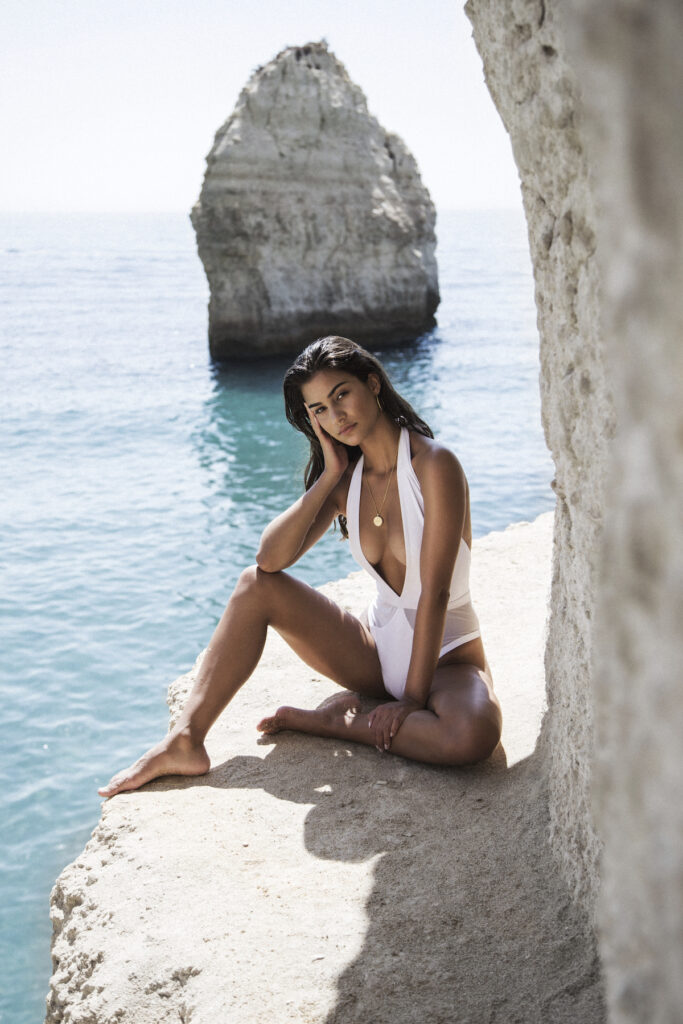
Malena Bianco swimsuit, LÉA THE LABEL
“We make timeless collections, avoiding fast fashion and mass production to allow more time for creativity and construction. We want to focus on ethical, affordable pieces, using luxury, eco-friendly fabrics that last,” says Léa.
Despite being a key focus of fashion news for seasons, one of the challenges she has faced is getting consumers to understand this slower design cycle. “The industry is growing rapidly, and new collections are launched monthly, if not weekly. But fast fashion compromises on numerous different levels, and more environmental damage is caused.”
“The more people are taught about sustainability, understand these matters, and then demand sustainable practices are met, the more likely the fashion industry will listen to their customers and react accordingly,” Léa explains.”
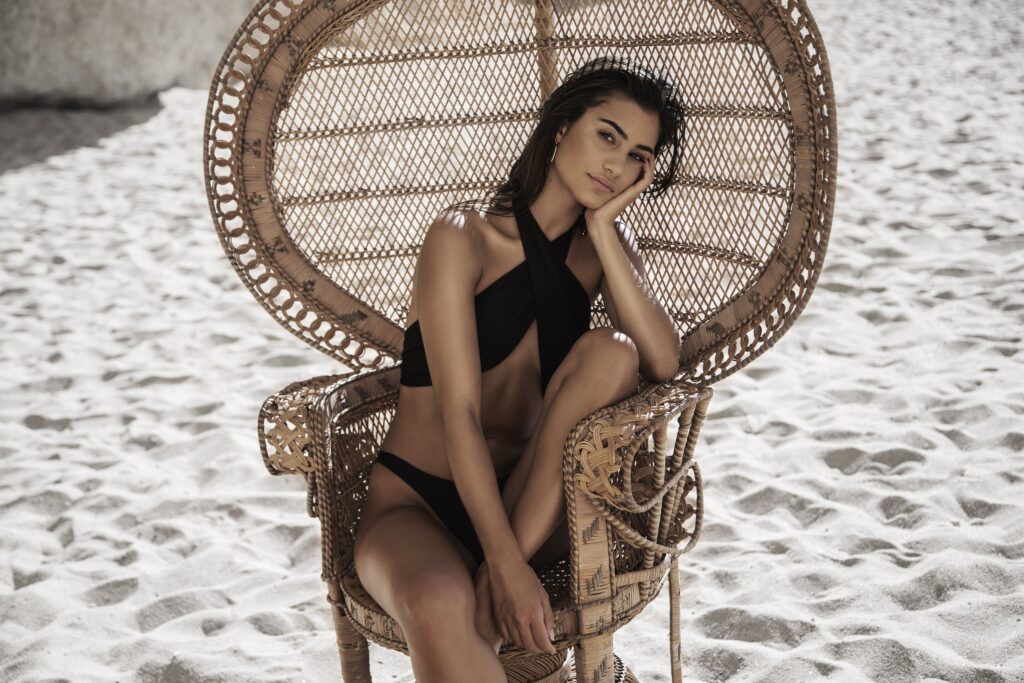
Monroe nior swimsuit, LÉA THE LABEL
“It’s vital those who are championing sustainability in the industry continue with a positive approach, avoiding unnecessary wastage, prioritising environmental concerns and helping to reduce toxic working conditions.”
Henna and Anna face similar issues when it comes to educating the consumer. “We do not produce volumes at small cost price, but smaller collections that are therefore more expensive,” explains Henna.
“The Middle Eastern market seems less concerned with sustainability issues than others. We sell the vast majority of our stock in Europe, where it appears that they are focusing more upon the environment, but here, it’s still not an obvious choice for people.”
Find sustainable swimwear in Dubai and across the Middle East at Ohoyswim.com and Leathelabel.com
Read Next: Five Luxury Eco-Friendly Escapes
- Words by Dina Kabbani and Lucy Wildman

